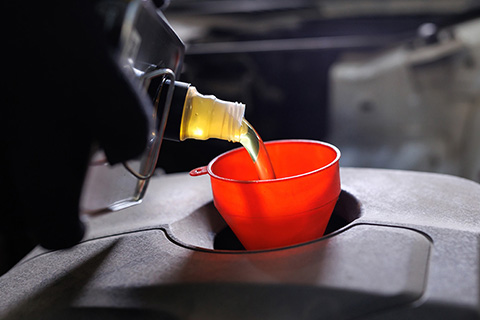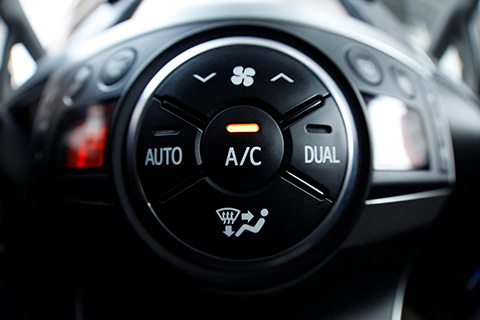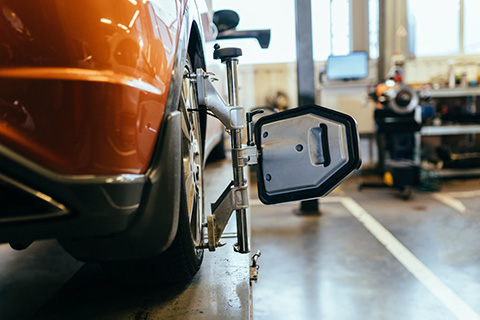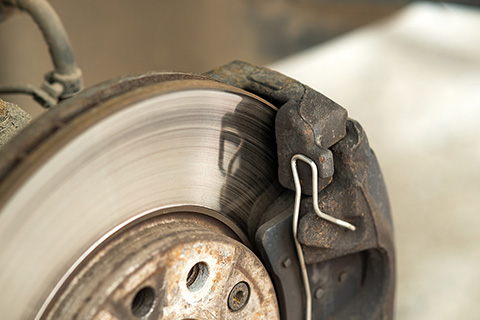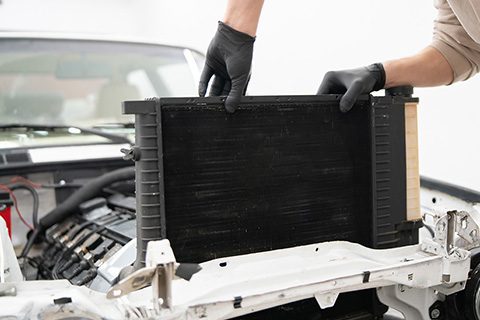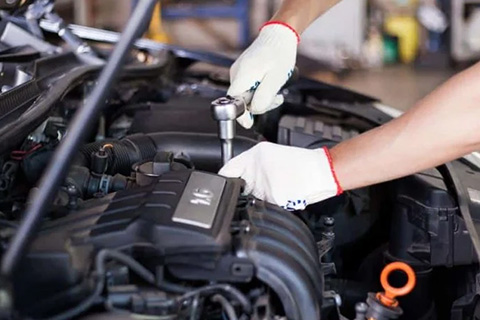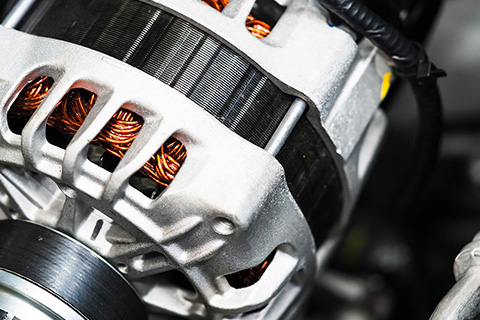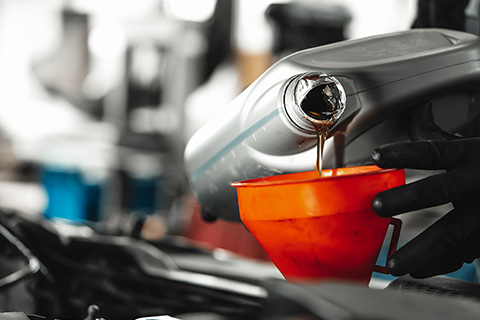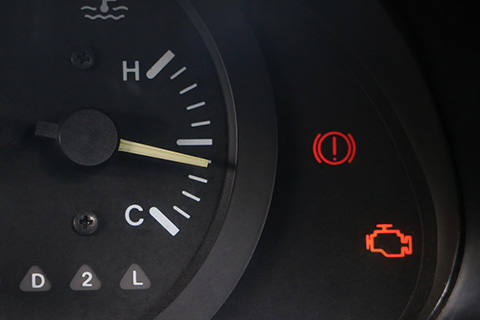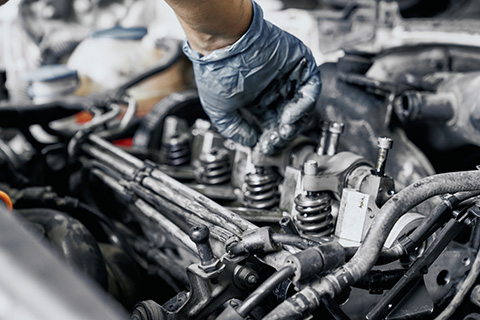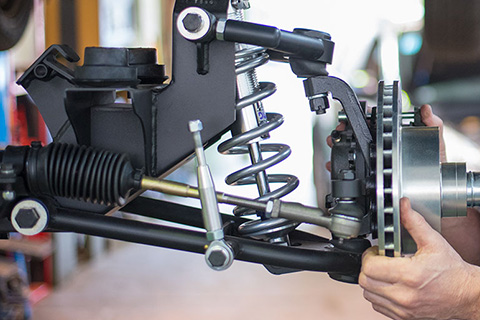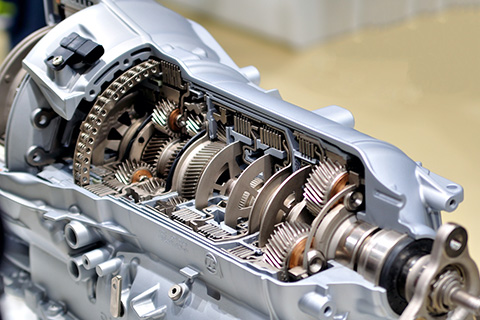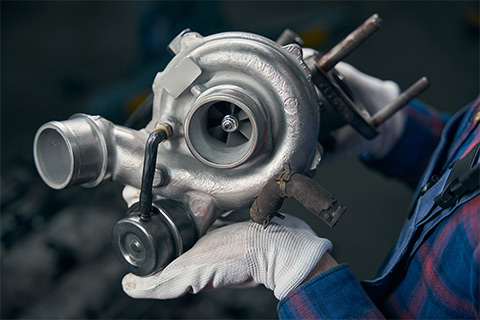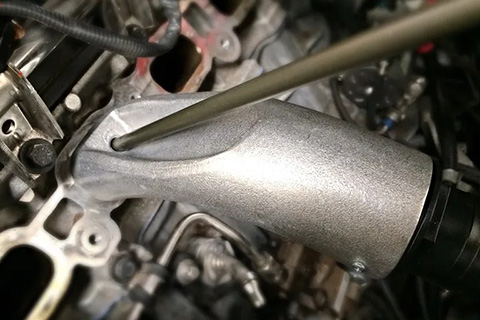Specialty Services
Chat With Our Team: For Specialized Services for Your Vehicle.
Carbon Cleaning
GDI Engines: Power, Efficiency — and the Need for Maintenance
Gasoline Direct Injection (GDI) engines are the modern standard in fuel injection technology, used by all vehicle manufacturers. By injecting fuel directly into the combustion chamber, GDI engines deliver more power, better fuel economy, and lower emissions compared to traditional port-injection systems.
However, there’s a downside: unlike traditional fuel injection, GDI engines do not wash intake valves with fuel, which means the valves are left vulnerable to carbon buildup from oil vapors and combustion byproducts. Over time, this buildup can restrict airflow or prevent valves from sealing properly.
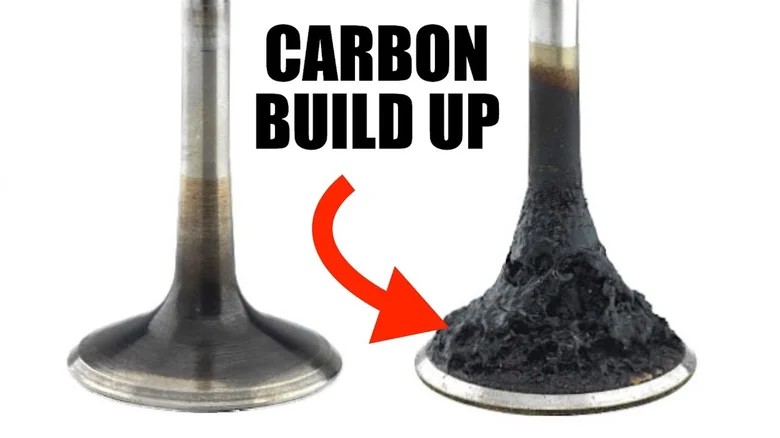
Carbon Cleaning
Common symptoms of carbon buildup include:
- Rough idle
- Engine stalling
- Poor fuel economy
- Vibration
- Reduced power
- Engine misfires
- Check Engine light
To address this, walnut shell blasting is a highly effective and engine-safe cleaning method. This process uses finely ground walnut shells — a gentle alternative to sandblasting — to remove carbon deposits without damaging the engine components.
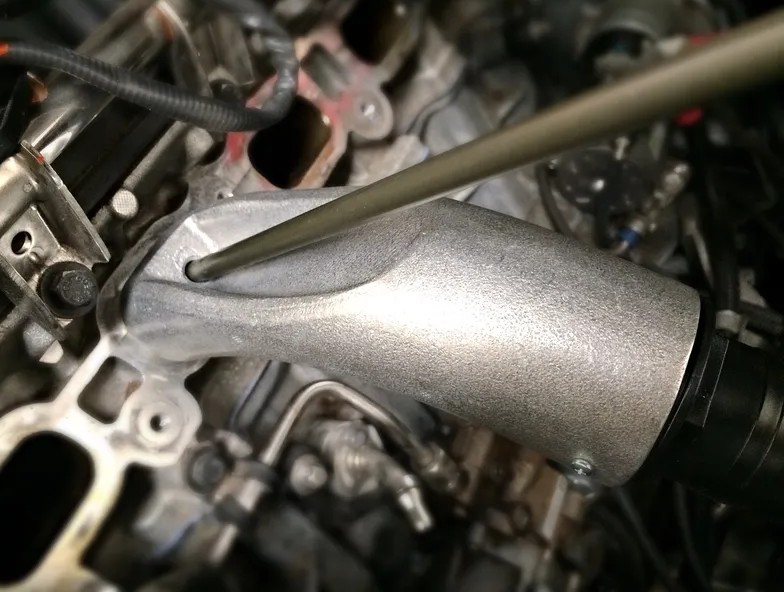
When Do You Need Carbon Cleaning?
The need for carbon cleaning largely depends on your vehicle’s engine design and driving habits. While most GDI-equipped vehicles will benefit from walnut shell blasting around 100,000 km, some engines can begin showing symptoms of carbon buildup as early as 60,000 km.
As GDI engines become increasingly common across many makes and models, routine carbon cleaning has become a key part of long-term engine maintenance. At Norlang Auto, we offer professional walnut shell blasting services to keep your GDI engine running at peak performance.

Turbocharger service
At Norlang Auto, we’re seeing more and more vehicles equipped with turbocharged engines in our service bays. Turbochargers are no longer limited to high-performance vehicles like Audis, Mercedes, or BMWs. They’ve become increasingly common across a wide range of everyday cars.
This shift is largely driven by the demand for better fuel efficiency and stricter vehicle emission standards. As a result, many manufacturers are replacing larger engines with smaller, turbocharged ones that can deliver similar — or even better — performance.
The key to this performance boost lies in the turbocharger’s ability to force more air into the engine’s cylinders. With more air, the engine can burn more fuel, which in turn generates more power — all without significantly increasing engine size or weight.
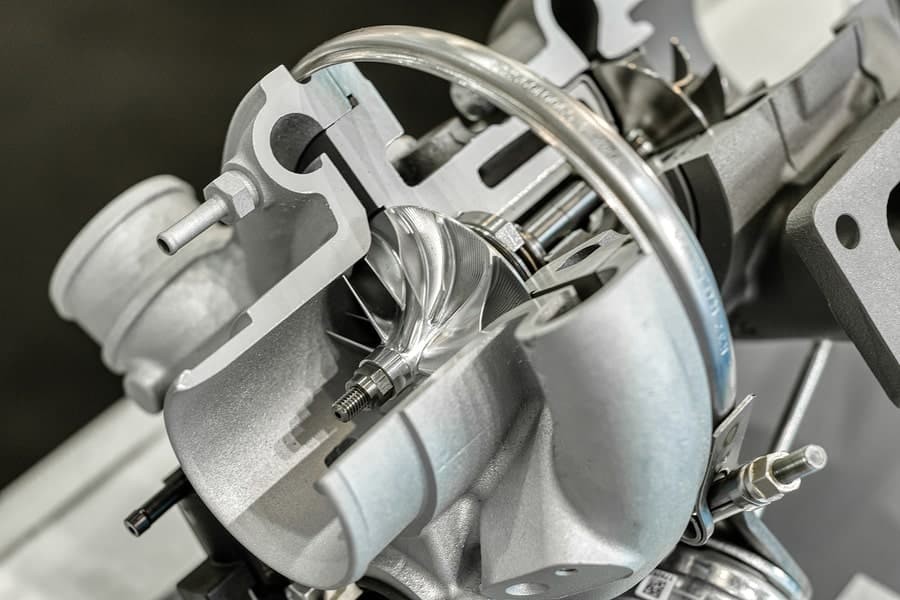
How to Identify a Malfunctioning Turbocharger
Turbochargers are excellent for boosting engine performance and efficiency, but because they spin at over 300,000 RPM, they endure extreme stress on their internal components. Over time, this can lead to wear and potential failure.
Here are some common signs that your turbocharger may need servicing:
- Illuminated Check Engine Light – A warning light could indicate turbo-related issues such as boost pressure faults or sensor malfunctions.
- High-Pitched Whining or Siren Noise – A loud, unusual sound may point to worn bearings, loose hoses, or damaged turbine blades.
- Excessive Exhaust Smoke – Blue or black smoke from the exhaust could indicate oil leakage or improper fuel combustion, both linked to turbo problems.
- Increased Oil Consumption – A failing turbo may leak oil into the intake or exhaust systems, causing a noticeable drop in oil levels.
- Reduced Engine Power – If your vehicle struggles to accelerate or feels underpowered, the turbocharger may not be generating proper boost.
